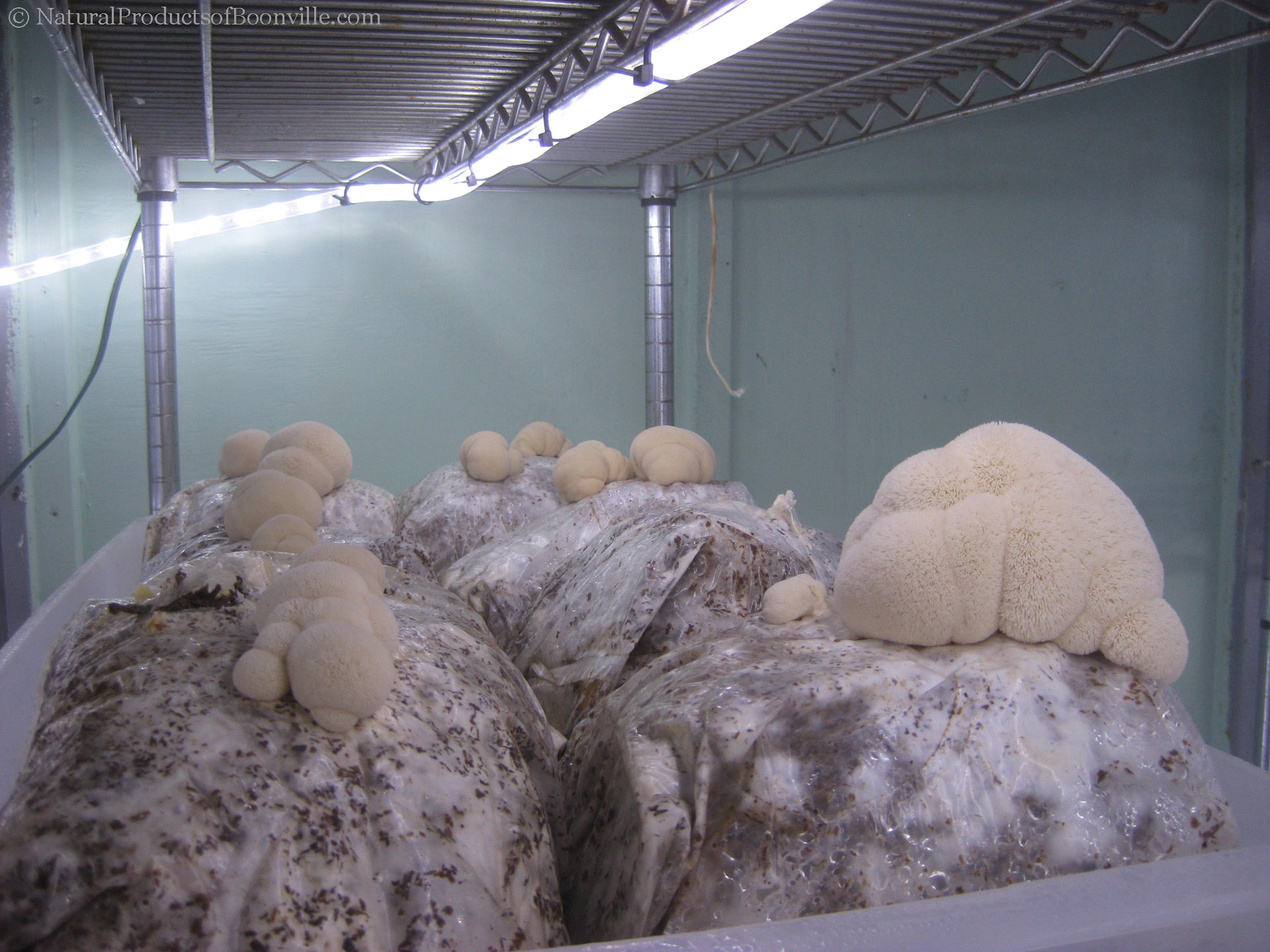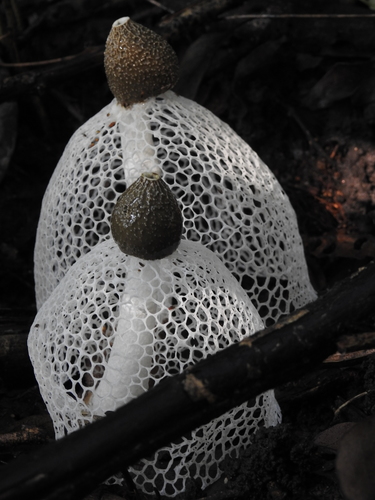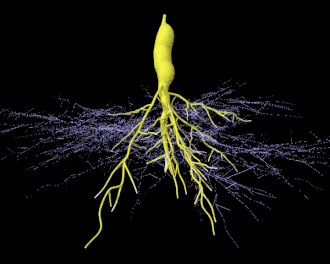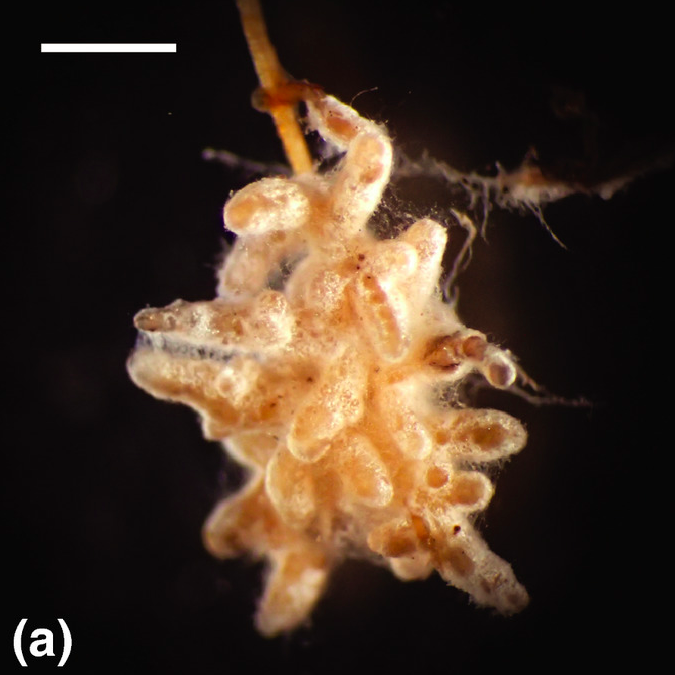
7.1
Hericium erinaceus or Lion's Mane is a culinary treat, extremely versatile in the kitchen. Many people find Lion's Mane mushroom to be a good imitator of lobster, fried in a pan and dipped in melted butter. Lion's Mane mushroom is also said to have medicinal properties, and thought to increase cognitive abilities by initiating nerve growth and regeneration. It can be found in health stores.









































